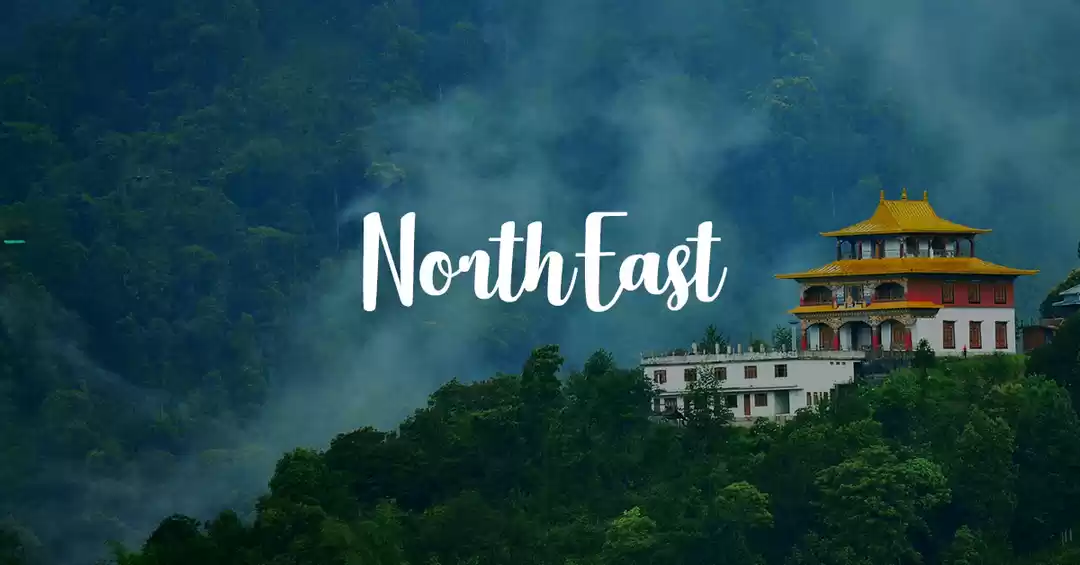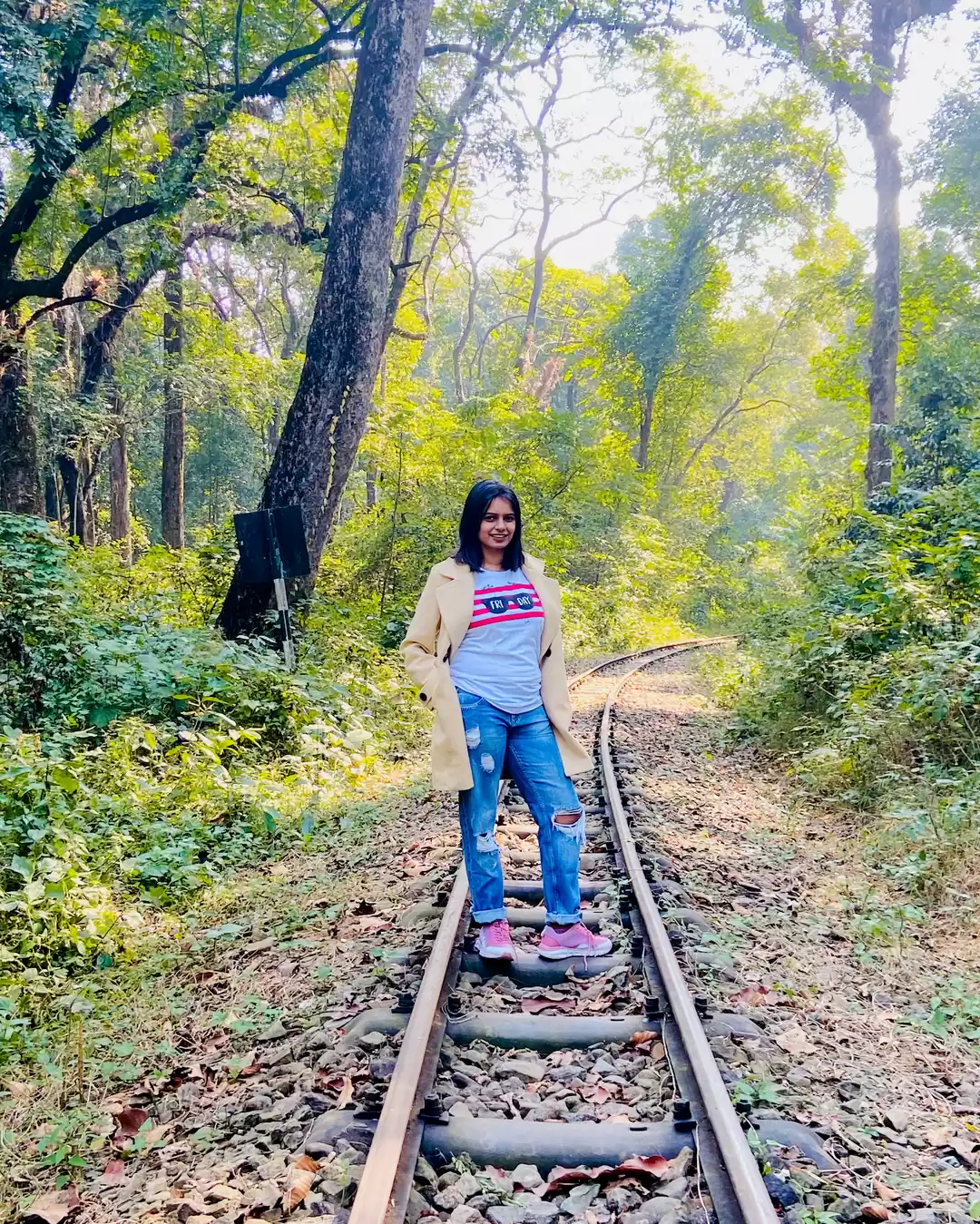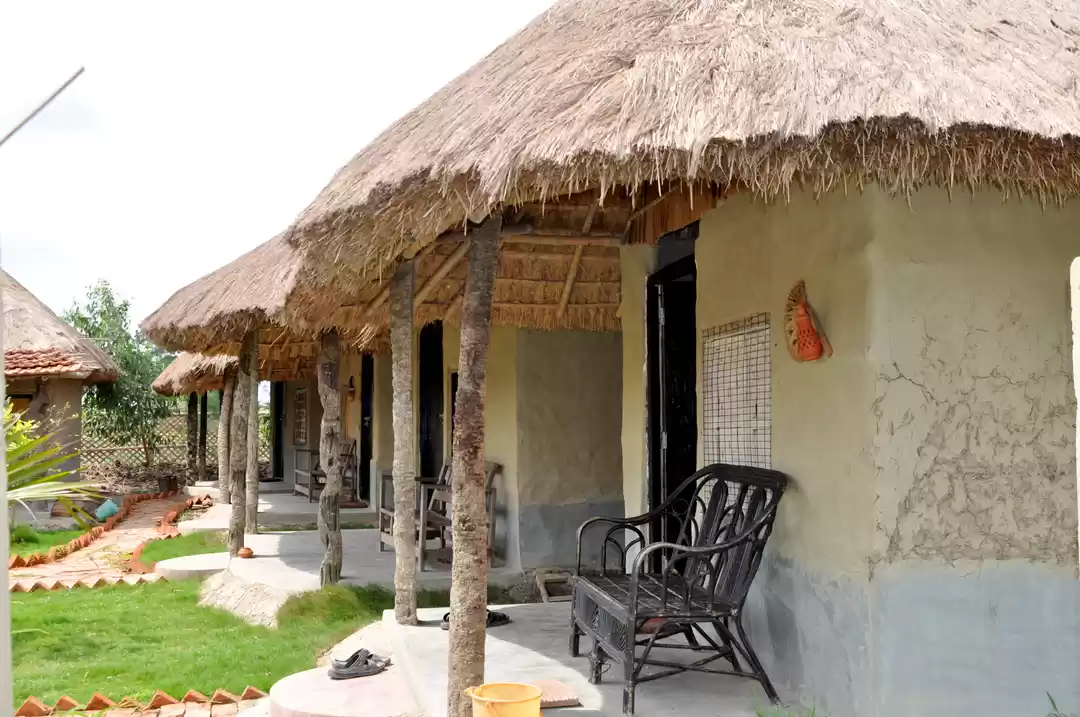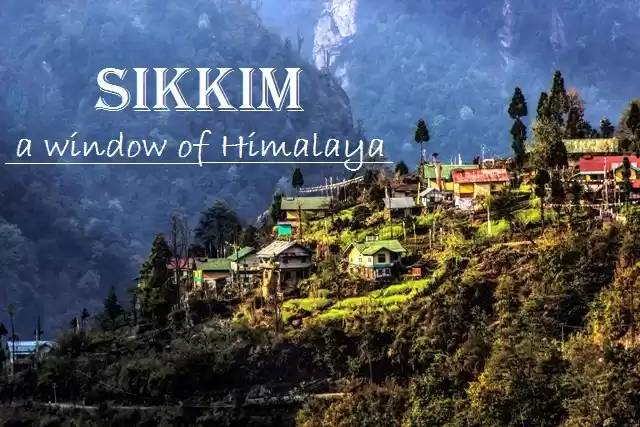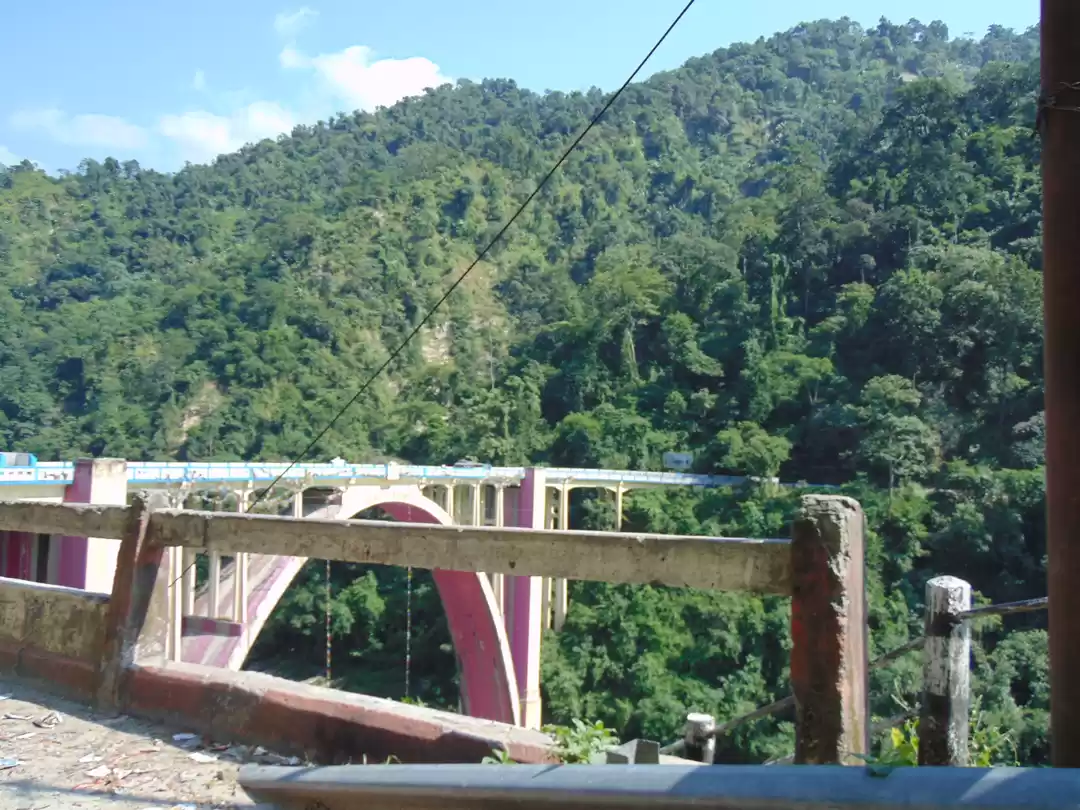
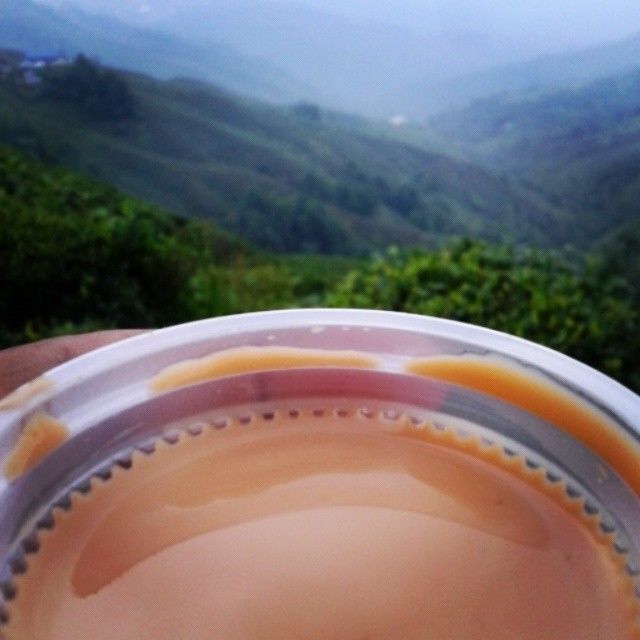








You cannot help but feel at peace in the North-east. Which seems awkward considering the political turmoil that grips these states. Yet, there is something serene, something oddly comforting and charming about this part of the country. Maybe it is the beauty of its mountains, valleys, rivers, waterfalls, or the tranquility of its pagodas and monasteries, or the warm and welcoming smile of its locals. It felt like the most peaceful place in the country. Even cities like Darjeeling and Gangtok, which have malls and and larger crowds, feel relaxed. With people in no hurry to reach anywhere, locals who give priority to keeping their surroundings clean and a community that has learnt to live in harmony with nature.
In all fairness, my trip doesn't cover the all North-east states. It just covers two. Or rather it hardly covers two. Sikkim and Darjeeling (West Bengal), which are mostly the first places any normal tourist chooses. So in a way, this was a very sightseeing sort of a trip. And, frankly I was extremely disappointed at first. But slowly I began to realize that the cliched itinerary was of very little importance.
The true sights and fun was to be had on the way.On the winding, foggy, you-can't-see-more-than-a-meter-ahead roads. Stopping by to see a giant nameless waterfall. Seeing the clouds beneath as you go high up the mountains. Looking out of your window and never seeing a dull sight. Eating momos at a home-turned-restaurant. These are the small things you fall in love with here. And, while you can bring back pictures of the popular attractions, these are the experiences that will be forever etched in your memory.
So here is a very loose itinerary. Just so you would walk the roads that lead to these places, find your own secret spots on the way and meet the people waiting to greet you and serve up some momos with a smile.
The nearest airport is Bagdogra in West Bengal. The state's airport is still under construction. From Bagdogra, its around a 4 hour road trip to Gangtok. The capital of Sikkim, is the closest thing to an urban city, you will find here. Yet it feels more like a cozy town. M.G road is where the shopping is. Besides other attractions, most of which include viewing points giving you a glimpse of the Kanchendzonga, there is the beautiful flower show to look out for during summer. A collection of exotic varieties and colours. We even bought some orchid seeds to plant at home.

On the way to Nathu-La (Indo-Chinese border), this is a very hard to miss feature. It was so gorgeous during the summer and I can only imagine what it must look like all frozen during the winter. If you go during summer, you can take a yak ride around the lake. Or if nothing just stand there and stare at the landscape for hours.

I find local folklore the most interesting in any place. So, here is a local legend. Baba Harbajan Singh is a hero not only for the locals here, but also the army. He was a soldier who dies during the Indo-China war. There are various stories leading his sainthood and subsequent worship by the people and the building of this temple. One states that he appeared in a fellow soldier's dream and instructed him to build a shrine. Other states on how his spirit would give the soldiers warning prior to the attack during the war. In general, he is believed to be protecting the soldiers stationed there and is revered as a saint.
Nobody tells you much about this place, except that it is a Buddhist Stupa. And, there is an eerie message outside that says that the land it was built on was once haunted by evil spirits that would kill the people who came here. The stupa had to be built to free the land from these spirits. For something that claims to do such a dangerous task, the stupa looks quite a bright and pleasing place. It's open to the public only on specific days and is a great place to stop by.

A lot of Tibetans have made Sikkim their home. I think I encountered more Tibetan refugees than locals here. And, therefore you can find traces of the Tibetan culture here. If say all of it is accumulated in one place, it is here the Institute of Tibetology. The main attraction is of course the museum, that explains the history and the practice of Tibetan Buddhism perfectly to someone who knows nothing about it.
The nausea-inducing, winding trail that leads to this valley is actually well worth the ride. It was one of the most beautiful drives of the trip. Lachung is more of a summer spot, but I know a few who have dared to reach there during the winter. It's a quite valley with some of the most scenic sights that you will see.
Most of the hotels we stayed in were quite ok. This one was striking. Started by a Tibetan refugee, it has the best design orienting from Tibetan shapes, myths and patterns. The hotel is not your traditional 3-star/ 5-star stay, but it has a strange coziness about it. But, all this is not even the best part. The reason you should stay here is the small museum on the last floor. The owner of the hotel has a private collection of antiques hailing from his forefathers (including a stone with an engraved undeciphered Tibetan script that was found during the building of the hotel). It isn't open to general viewing, so you have to become friends with the owner and request nicely.

The highest navigable point in the state, its kind of a great place to go during the summer. Mainly, because it will be your first encounter with snow, which up till now I could only see from my car window on mountain peaks. I don't know if you would find it equally amusing during the winter, because there isn't much to see or do here. Except perhaps gaze at the view.

Toy trains in Darjeeling are an amazing experience. Even if it feels like the most touristy thing to do here, go ahead. It has a very sweet, old-world charm to it and it gives you a chance to see the city slowly at ease. Also, a word of advice. Pre-book your tickets or else you will have to come back with only pictures (like me). It is impossible to find one on the spot. Batasia Loop is basically a garden made around a spiral route the train takes before entering a tunnel.

Not that this was the first monastery we went to (or the last), but I somehow loved it more. Extremely simple looking in appearance from the outside, its kind of amplifies as you step inside. A large, golden Buddha statue shadows over you, and soothing chants are playing in the background. There is not much space for people to stand inside, but the atmosphere it creates ends up having an impact, whether you are a believer or not.

World Peace is an actual goal and not a utopic dream here. And the energy is infectious. It is a beautiful structure with carvings of the Buddha in the various phases of his life. In the same campus is another structure where monks and people sit together to chant. Most of these pagodas are found all over Japan and were built after the horrific bombing of Hiroshima and Nagasaki in the Second World War. The founder of the idea, a Japanese Monk named Fujii, built several of these structures to gather the world for the common cause of peace.

Also called as the Darjeeling Zoo, this has to be the most well managed zoo I have been to. Quite huge and housing a variety of animals from birds to the Leopard, and the most favourite Red Panda. There is also the Himalayan Mountaineering Institute inside , started by Tenzig Norgay, one of the firsts to climb the Everest. The museum inside tracks the history of various ascents to the highest peak in the world by the students of the institute. It also houses the gear used by Tenzing during the first climb. Moreover, it has a memorial to the man himself. It is a bit of a walk from the zoo, but worth it.

Time to say hello to the tea capital of India. Nothing compares to Darjeeling tea and the tea gardens here stretch till infinity. Darjeeling is in West Bengal, and while the state changes, I still found it to be very close to the atmosphere of Sikkim. Narrow lanes, a large market, winding roads taking you up small hills, very little had changed.

Frequent searches leading to this page:-
3 nights 4 days package in darjeeling, guwahati darjeeling gangtok tour, best holiday packages for darjeeling and gangtok, gangtok tour from kolkata, darjeeling gangtok budget tour package



